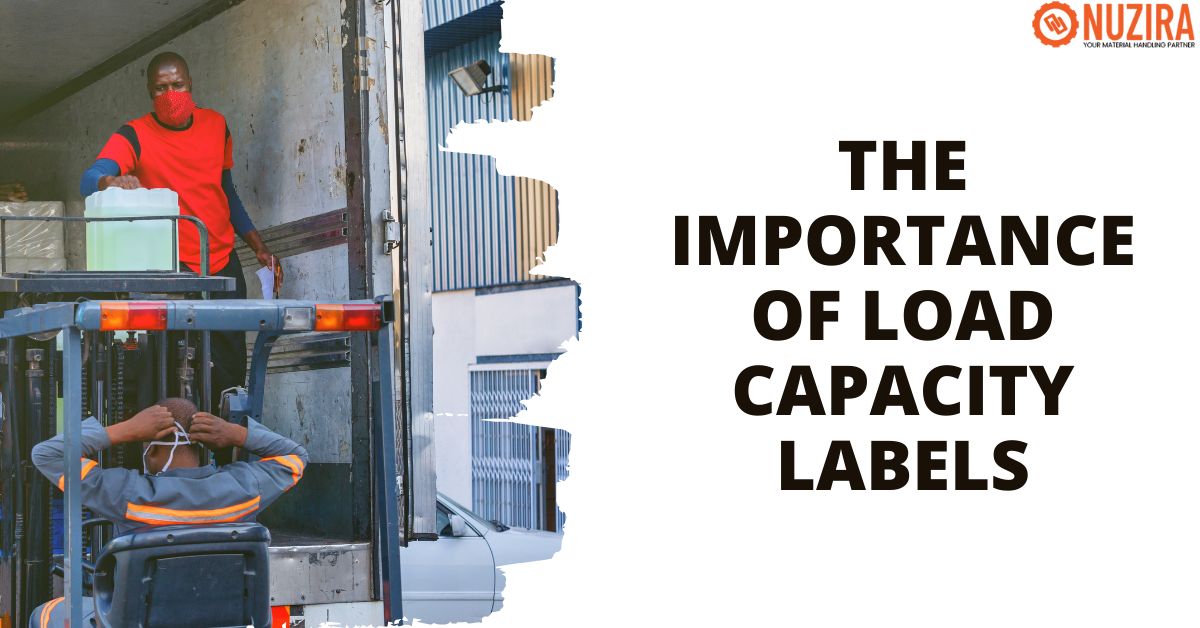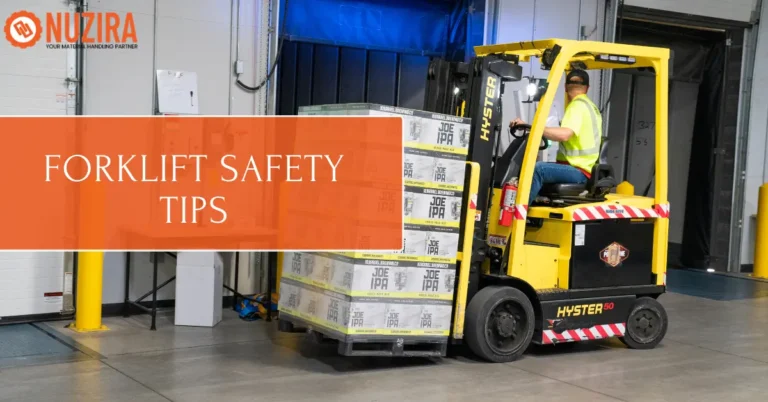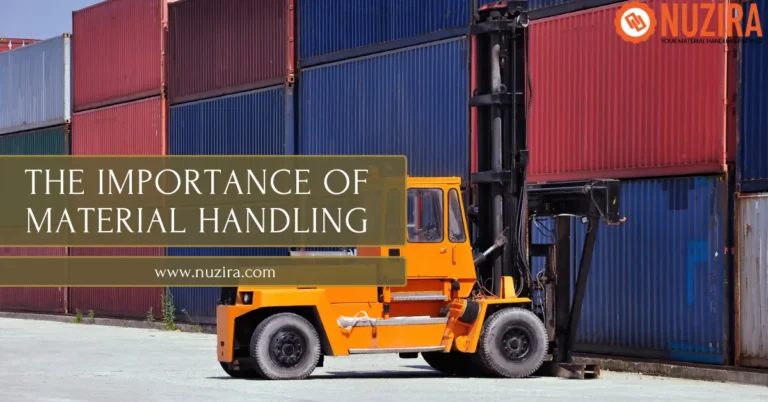The Importance of Load Capacity Labels
When it comes to workplace safety, few details are as critical as understanding how much weight equipment can handle. This is where load capacity labels come in. They serve as clear, visual reminders of safe operating limits, ensuring workers, supervisors, and business owners can prevent accidents before they happen. But beyond compliance, these labels build trust in operations, promote efficiency, and protect valuable assets.
In this first section, we’ll explore the fundamentals: what load capacity labels are, why they exist, and how they tie into the broader purpose of labeling in industrial and commercial environments.
What Are Load Capacity Labels?
Load capacity labels are information tags or stickers applied to machinery, shelving, lifting equipment, or storage systems that indicate the maximum weight the item can safely handle. For example, a warehouse rack might carry a label stating “Maximum Load: 2,000 lbs per shelf.” This isn’t just a suggestion; it’s a safety boundary backed by engineering standards and testing.
Unlike generic labels that provide branding or identification, these labels directly address safety-critical information. They help operators make quick, informed decisions and reduce the risk of overloading, which can cause equipment failure or workplace injuries.
What Is the Main Purpose of a Label?
Broadly speaking, the main purpose of any label is to communicate essential information quickly and clearly. Labels exist to provide guidance, instructions, warnings, or specifications that help users interact safely and effectively with a product or system.
In the case of load capacity labels, this purpose is amplified because the consequences of ignoring them can be severe. Their main objectives include:
- Enhancing safety: Prevents overloading, tipping, or collapse.
- Promoting compliance: Meets industry and regulatory requirements for workplace safety.
- Building awareness: Keeps both experienced and new workers mindful of limits.
- Protecting assets: Ensures machinery and storage systems remain in good condition by avoiding misuse.
Simply put, the primary role of a load capacity label is to translate technical weight limitations into accessible, everyday guidance for workers.
Why Load Capacity Labels Matter
Without clear load information, workers may rely on guesswork or assumptions. This creates unnecessary risks. A mislabeled or missing capacity label could mean a forklift operator loads a pallet beyond its safe threshold, or a warehouse team stacks inventory in a way that exceeds shelf limits. These mistakes can trigger equipment damage, product loss, or even injuries.
Load capacity labels eliminate uncertainty. By offering quick-reference data, they become a silent but constant safety companion in environments where speed and efficiency are important.
Safety, Compliance, and Workplace Efficiency
Safety Implications of Load Capacity Labels
The foremost reason load capacity labels exist is to protect people from harm. Overloading equipment, whether it’s a forklift, warehouse racking, or lifting machinery, poses serious risks. When limits are ignored, structural failure becomes more likely, leading to falling loads, collapsing shelves, or damaged machinery. Each of these scenarios endangers workers’ lives and can result in severe injuries or fatalities.
Clear, visible load capacity labels act as a preventive barrier against accidents. They take the guesswork out of day-to-day operations, reminding workers at a glance of what is safe and what isn’t. For employers, this is not just a matter of responsibility—it’s about creating a culture of safety where employees feel confident and protected in their work environment.
Regulatory Compliance and Industry Standards
Beyond safety, compliance with regulations is another critical reason load capacity labels are essential. Many industries, such as warehousing, logistics, and construction, are subject to occupational safety standards that mandate the use of proper labeling. Agencies like OSHA in the United States, or equivalent authorities in other regions, require businesses to clearly display maximum load information on equipment and storage systems.
Failing to comply doesn’t just result in fines or penalties; it can also damage a company’s reputation. On the other hand, businesses that consistently follow labeling standards demonstrate professionalism, accountability, and respect for industry regulations. This compliance signals to clients, partners, and employees that the company values trustworthiness and reliability in its operations.
Boosting Efficiency in the Workplace
While safety and compliance are top priorities, load capacity labels also contribute to operational efficiency. When workers know exactly how much weight equipment can handle, they avoid wasting time on trial and error or second-guessing whether a load is safe. This clarity allows for smoother workflows, quicker decision-making, and reduced downtime caused by equipment damage or accidents.
For example:
- A warehouse worker can confidently load a pallet onto a rack without stopping to verify limits elsewhere.
- A forklift operator avoids damaging machinery by staying within posted weight restrictions.
- Supervisors spend less time enforcing rules when guidelines are clearly displayed and understood.
In short, load capacity labels don’t just keep people safe—they help businesses run smarter. By reducing uncertainty, they minimize mistakes and keep operations moving at peak productivity.
Best Practices for Using Load Capacity Labels
Having load capacity labels is one thing, but ensuring they are effective and reliable requires consistent best practices. Businesses should:
- Place labels in visible areas: Labels should be positioned at eye level or on easily noticeable parts of the equipment or shelving.
- Use durable materials: Labels must withstand the environment—whether it’s heat, moisture, dust, or heavy handling.
- Update when changes occur: If equipment is modified or re-rated, the labels should be updated immediately to reflect the new limits.
- Conduct regular inspections: Over time, labels may fade, peel, or become unreadable. Routine checks ensure that workers always have access to accurate information.
- Educate employees: A label is only effective when workers understand its importance and follow it. Training sessions should highlight how and why to adhere to load capacities.
By following these steps, organizations can make sure their labels do more than exist on paper—they actively support safety and efficiency.
The Long-Term Value of Load Capacity Labels
Load capacity labels are more than regulatory requirements; they are strategic tools for long-term success. Businesses that consistently prioritize safety and compliance often experience fewer workplace accidents, less downtime, and lower repair costs. Additionally, fostering a safe and efficient environment improves employee morale and reduces turnover.
Investing in clear, durable, and well-maintained load capacity labels pays dividends in protecting both people and assets. They’re a small detail with a massive impact on how smoothly and securely operations run over time.
Conclusion
Load capacity labels may seem like a minor aspect of workplace safety, but they play a major role in protecting lives, ensuring compliance, and keeping operations efficient. By clearly communicating maximum weight limits, these labels prevent accidents, build trust, and support productivity.
In today’s fast-paced work environments, small oversights can lead to costly consequences. That’s why prioritizing load capacity labeling isn’t just about following rules—it’s about making a commitment to safety, professionalism, and long-term reliability.
Every label is more than just a piece of information—it’s a safeguard, a reminder, and a guarantee of workplace responsibility.
Want to learn more about workplace safety and operational best practices? Visit our website today for expert insights and solutions tailored to your needs.







